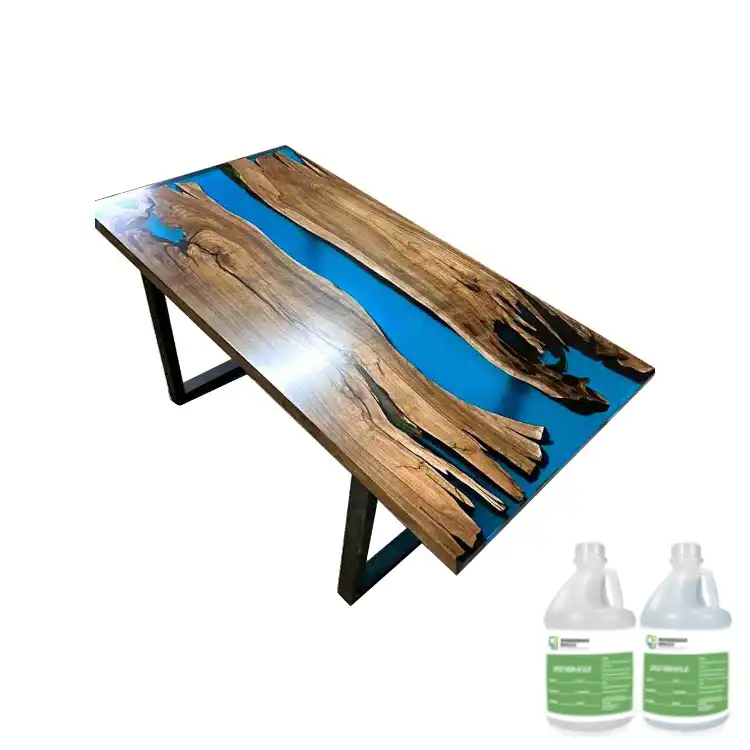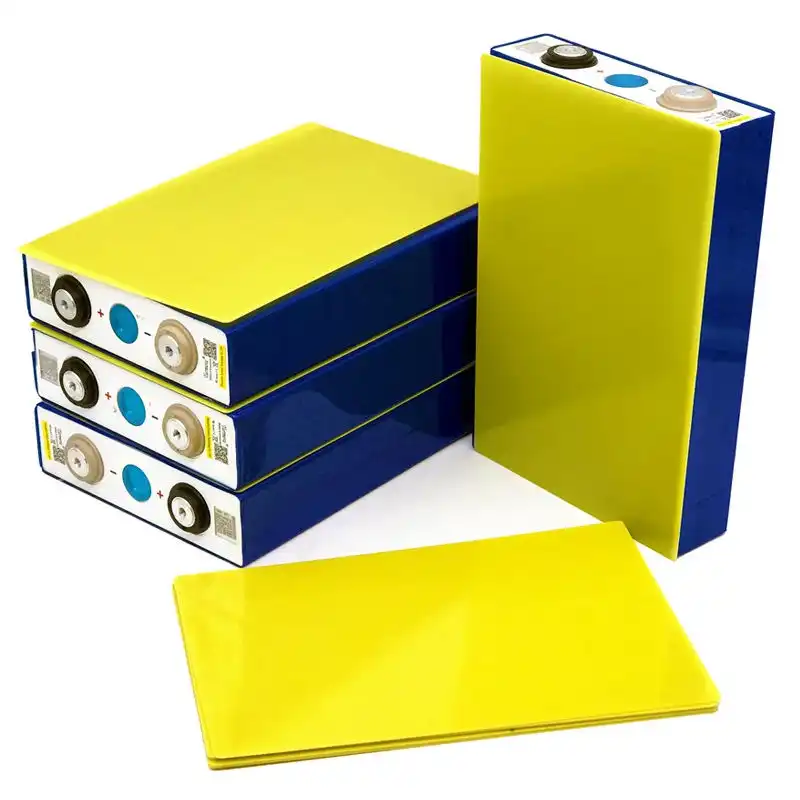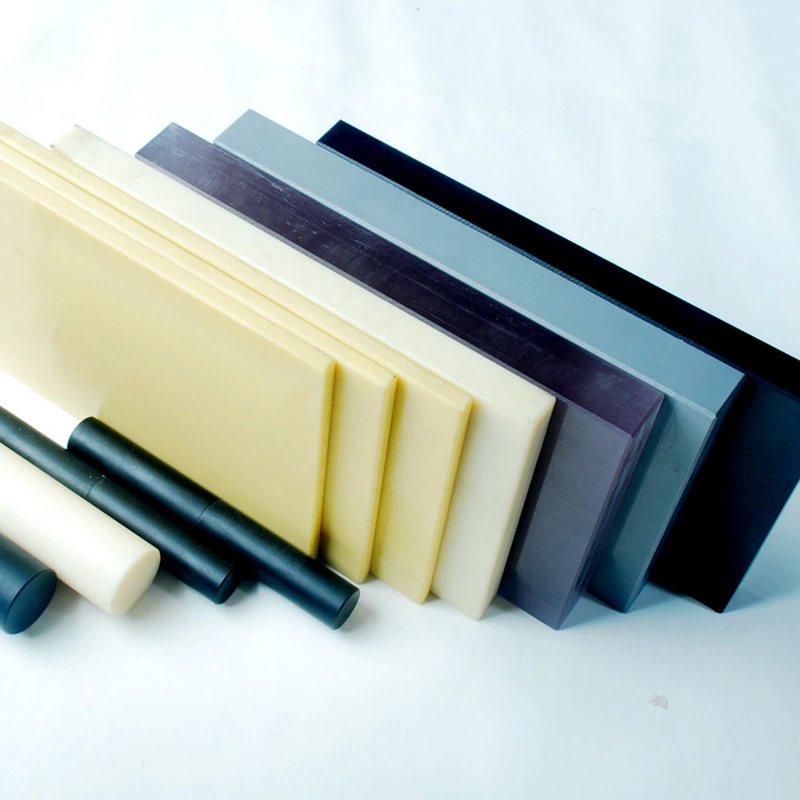Epoxy sheet processing mode introduction
2024-12-26 17:03:33
Epoxy sheet processing involves various techniques to transform raw epoxy materials into functional components for diverse applications. This process encompasses cutting, shaping, and finishing methods tailored to the specific requirements of each project. Understanding these processing modes is crucial for manufacturers and engineers working with epoxy sheets, as it enables them to optimize production efficiency, enhance product quality, and meet precise specifications. From mechanical cutting to advanced CNC machining, the range of processing options available allows for remarkable versatility in creating custom epoxy parts for industries such as electronics, aerospace, and automotive.
Mechanical Cutting and Shaping Techniques
Precision Sawing for Accurate Dimensions
Precision sawing is a fundamental technique in epoxy sheet processing, utilized to achieve accurate dimensions and clean edges. This method employs specialized saws equipped with diamond-tipped or carbide blades, capable of cutting through the tough epoxy material with minimal chipping or delamination. The process allows for the creation of straight cuts, angles, and intricate shapes, making it ideal for producing components with tight tolerances.
Drilling and Routing for Custom Hole Patterns
Drilling and routing play a crucial role in creating custom hole patterns and cavities in epoxy sheets. These techniques utilize high-speed rotary tools with specialized bits designed to withstand the abrasive nature of epoxy materials. Precision drilling enables the creation of mounting holes, while routing allows for the formation of complex cutouts and pockets. Both methods require careful control of feed rates and spindle speeds to prevent heat buildup and ensure clean, accurate results.
Milling for Intricate Surface Features
Milling is an advanced processing technique that allows for the creation of intricate surface features on epoxy sheets. This method employs multi-axis CNC machines equipped with specialized cutting tools to remove material in a controlled manner. Milling can produce complex 3D shapes, contours, and textures, making it invaluable for applications requiring high-precision components with specific surface characteristics.
Thermal Forming and Bonding Processes
Heat Forming for Curved and Bent Shapes
Heat forming is a versatile technique used to create curved or bent shapes from flat epoxy sheets. This process involves heating the material to its glass transition temperature, at which point it becomes pliable. The softened sheet can then be formed into the desired shape using molds or specialized forming equipment. Once cooled, the epoxy retains its new shape, allowing for the production of complex geometries without compromising the material's structural integrity.
Thermoforming for Complex Contours
Thermoforming takes heat forming a step further by utilizing vacuum or pressure to conform epoxy sheets to intricate mold shapes. This process is particularly useful for creating complex contours and deep-drawn parts. The epoxy sheet is heated uniformly and then rapidly formed against a mold surface, with air pressure or vacuum ensuring tight conformity to the mold's features. Thermoforming enables the production of lightweight, yet strong components with precise dimensions and smooth surface finishes.
Adhesive Bonding for Multi-Layer Structures
Adhesive bonding is a critical process for creating multi-layer epoxy structures or joining epoxy components to other materials. This technique utilizes specialized epoxy adhesives that form strong, durable bonds when cured. The process involves careful surface preparation, precise application of the adhesive, and controlled curing conditions to achieve optimal bond strength. Adhesive bonding allows for the creation of complex assemblies with enhanced mechanical properties and improved thermal or electrical insulation characteristics.

Surface Finishing and Post-Processing Techniques
Polishing for Enhanced Optical Properties
Polishing is a crucial surface finishing technique used to enhance the optical properties of epoxy sheets. This process involves the progressive removal of surface irregularities using abrasive materials of decreasing grit size. The result is a smooth, glossy surface that improves light transmission and reduces scattering. Polishing is particularly important for epoxy components used in optical applications, such as lenses, display covers, or light guides, where clarity and surface quality are paramount.
Coating Application for Improved Performance
Coating application is a post-processing technique that can significantly enhance the performance characteristics of epoxy sheets. Various types of coatings can be applied, including scratch-resistant layers, anti-reflective treatments, or conductive films. These coatings are typically applied through methods such as spray coating, dip coating, or vapor deposition. The selection of the appropriate coating and application method depends on the specific requirements of the end application, such as improved durability, optical properties, or electrical conductivity.
Edge Sealing for Environmental Protection
Edge sealing is a critical post-processing step that protects epoxy sheets from environmental factors such as moisture ingress or chemical exposure. This technique involves applying a specialized sealant or encapsulant to the edges of the epoxy component, creating a barrier against potential contaminants. Edge sealing is particularly important for applications in harsh environments or where long-term reliability is crucial. The process can be performed manually for small-scale production or automated for high-volume manufacturing, ensuring consistent protection across all components.
Conclusion
The diverse range of epoxy sheet processing modes offers manufacturers unprecedented flexibility in creating custom components for various industries. From mechanical cutting and shaping to thermal forming and advanced surface finishing techniques, each method contributes to the production of high-quality epoxy parts with specific characteristics. By understanding and leveraging these processing techniques, manufacturers can optimize their production processes, improve product quality, and meet the evolving demands of modern applications. As technology continues to advance, new processing methods are likely to emerge, further expanding the possibilities for epoxy sheet fabrication.
Contact Us
To learn more about our epoxy sheet processing capabilities and how we can support your project needs, please contact us at info@jhd-material.com. Our team of experts is ready to assist you in selecting the most appropriate processing methods for your specific requirements.
References
1. Johnson, M. R., & Thompson, L. K. (2019). Advanced Processing Techniques for Epoxy Composites in Aerospace Applications. Journal of Composite Materials, 53(12), 1675-1690.
2. Chen, X., & Liu, Y. (2020). Thermal Forming of Epoxy Sheets: A Comprehensive Review. Polymer Engineering & Science, 60(8), 1823-1841.
3. Smith, A. B., & Brown, C. D. (2018). Surface Finishing Methods for High-Performance Epoxy Components. Progress in Organic Coatings, 124, 165-179.
4. Williams, R. T., & Davis, E. M. (2021). Precision Machining of Epoxy-Based Materials: Challenges and Solutions. International Journal of Machine Tools and Manufacture, 162, 103687.
5. Lee, S. H., & Park, J. W. (2017). Adhesive Bonding Techniques for Multi-Layer Epoxy Structures in Electronic Packaging. Journal of Electronic Materials, 46(11), 6545-6558.
6. Garcia, M. A., & Rodriguez, F. J. (2022). Edge Sealing Technologies for Epoxy-Based Insulating Materials: A State-of-the-Art Review. IEEE Transactions on Dielectrics and Electrical Insulation, 29(3), 1089-1102.







